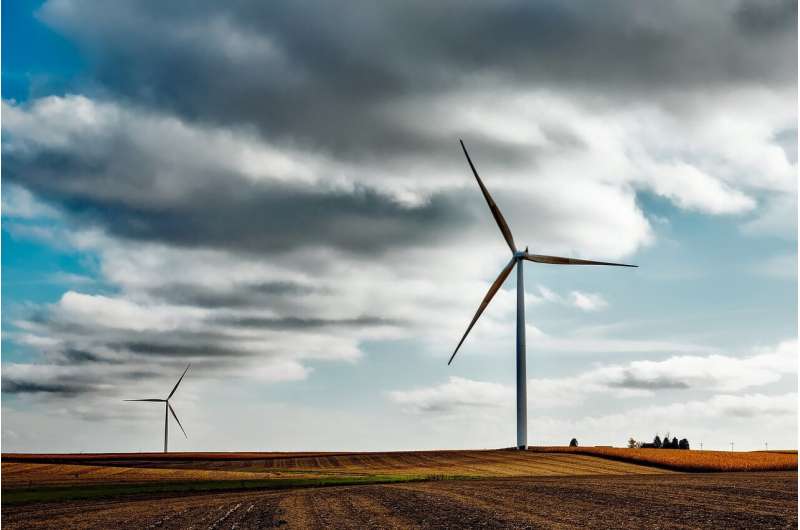
In an advance preview of its annual report on the global shift from fossil fuels to clean energy, the agency said renewables accounted for 83% of new power generation last year. Worldwide, the share of installed power generation coming from renewables reached 40% in 2022, it said.
But in order to halve greenhouse gas emissions by 2030 and put the world on track to cap global warming at 1.5 degrees Celsius (2.7 degrees Fahrenheit), existing targets for renewable power deployment would need to be more than doubled, the Abu Dhabi-based agency said.
Governments agreed in the 2015 Paris climate accord to limit the global temperature rise to 2 C (3.6 F)—ideally no more than 1.5 C—above pre-industrial averages. The lower target would prevent significant harm from climate change but is increasingly difficult to achieve given that temperatures have already increased by 1.1 C (2 F) since the 19th century and emissions show no sign of dropping fast.
Experts say the amount of carbon dioxide and other polluting emissions released into the atmosphere by 2050 shouldn't exceed the amount that can be captured through natural or artificial means.
"A profound and systemic transformation of the global energy system must occur in under 30 years," IRENA Director General Francesco La Camera said at an energy transition conference in Berlin.
The agency has estimated that annual public and private investments in renewable energy need to exceed $5 trillion, including for power generation, electrification, transmission grids and efficiency measures.
It called for current fossil fuel investments to be diverted to renewable sources and greater financial help for developing countries that are struggling to fund alternatives to coal, oil and gas power plants.
The U.S. Energy Information Administration said Monday that it projects the share of electricity generated from wind power in the United States will rise from 11% to 12% from 2022 to 2023, and that solar will grow from 4% to 5% during the period.